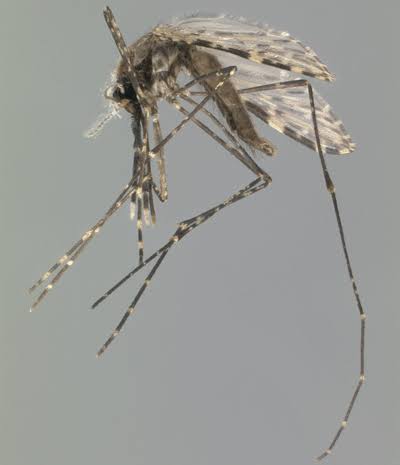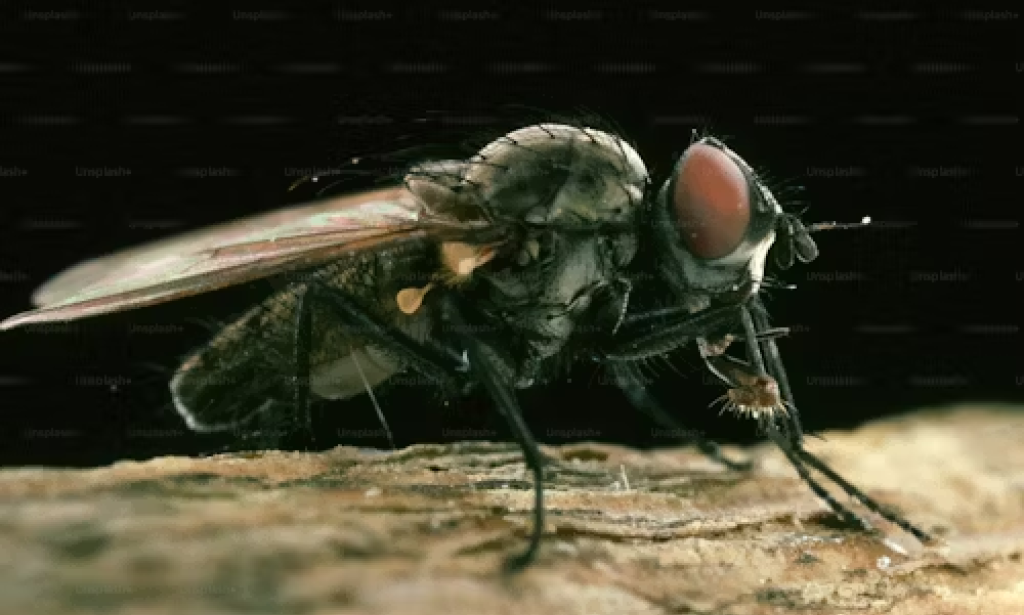The African malaria mosquito, or Anopheles gambiae, is one of the most well-known malaria vectors in the world. Sub-Saharan Africa is home to this species, which is highly dangerous to human health there. Its capacity to adapt to many habitats and its biting habits make it an existential threat in the fight against malaria.
Anopheles gambiae prefers to feed on human blood, which is one of the main reasons it is an effective malaria vector. Anopheles gambiae mostly feeds on people, increasing the risk of malaria transmission. This is in contrast to various mosquito species that depend on a variety of hosts.
Anopheles gambiae's life cycle is closely associated with bodies of water, as this is where the females deposit their eggs. After hatching into larvae, these eggs become pupae, which eventually mature into adult mosquitoes. Pools, ponds, waste tires, plastic water containers and constructed reservoirs are examples of stagnant water sources that function as breeding sites for this species.

Targeting Anopheles gambiae populations using a variety of techniques, such as insecticide-treated bed nets (ITNs), indoor residual spraying (IRS), and larval control measures, is a common strategy used in malaria control efforts. The capacity of the species to become resistant to pesticides, however, presents an important hindrance to these operations.
Despite the challenges, research is still being conducted to create novel tactics to stop Anopheles gambiae and lessen the malaria epidemic. Scientists are investigating a variety of strategies to impede the life cycle of the mosquito and lessen its influence on public health, ranging from genetic alteration to innovative insecticides.
Researching the biology and behaviour of Anopheles gambiae is critical in the global fight against malaria, with the ultimate objective of attaining malaria elimination.

You must be logged in to post a comment.